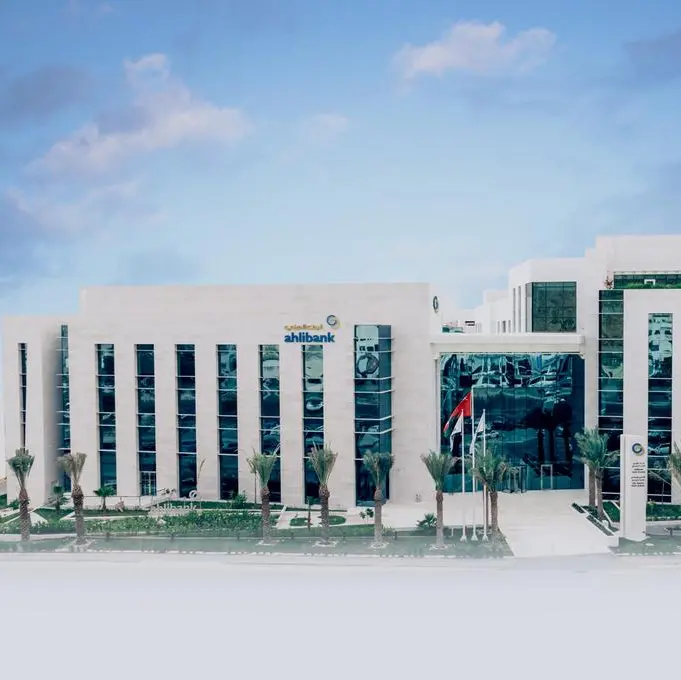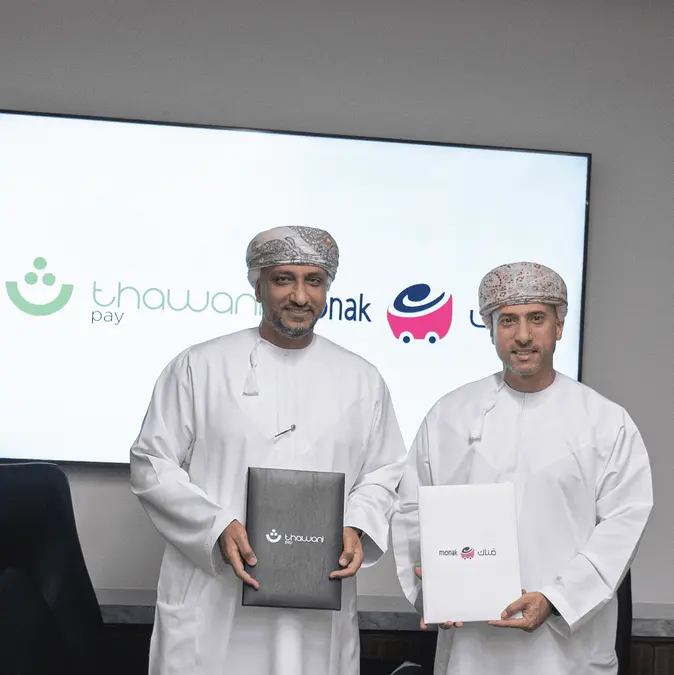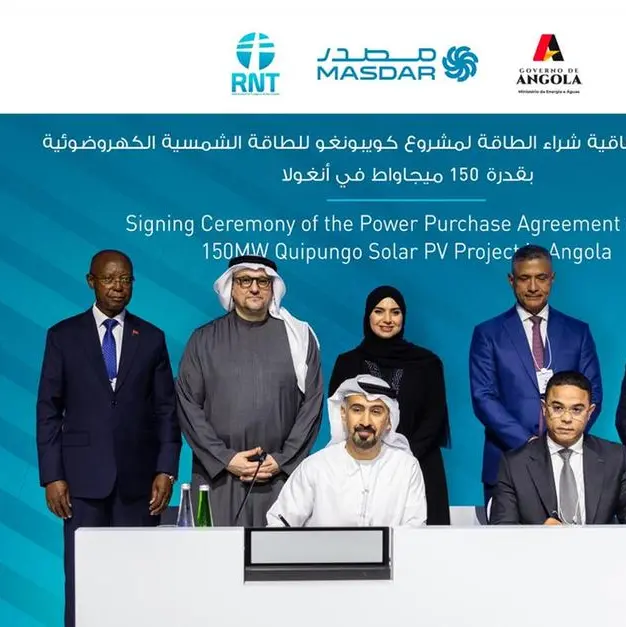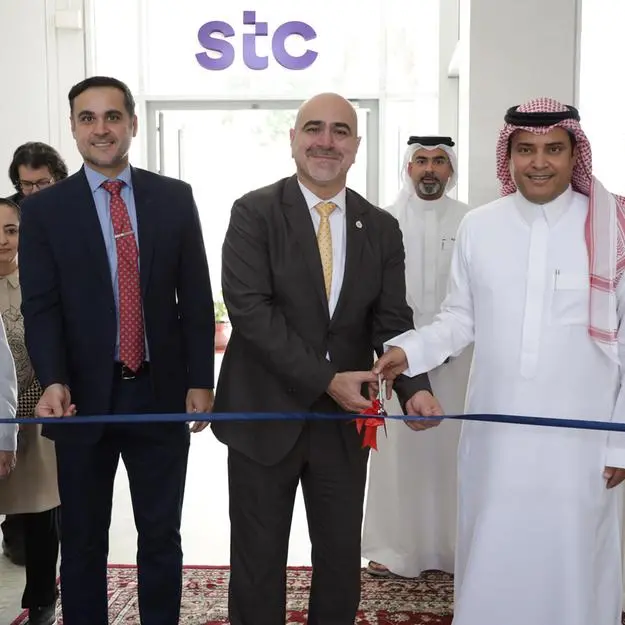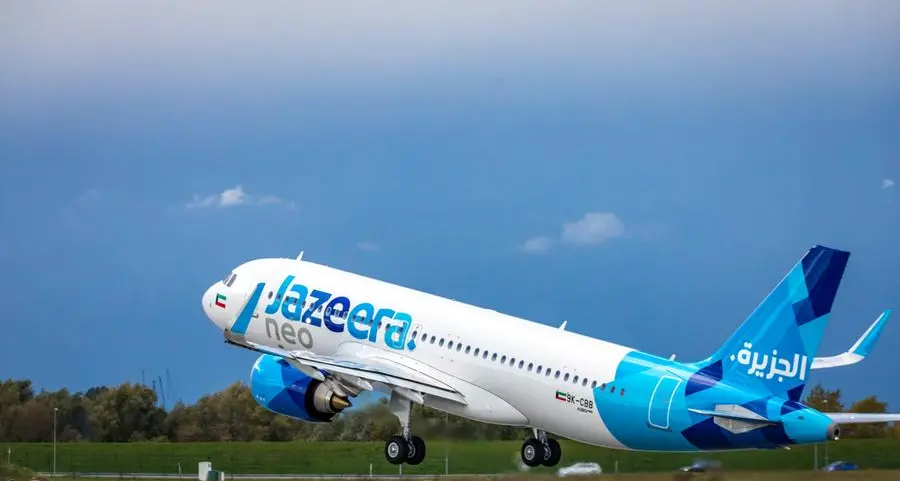- Banks report increased lending along with improved asset quality
- Profitability and margin levels take a hit as slowdown looms
Dubai – Leading global professional services firm Alvarez & Marsal (A&M) has released its latest United Arab Emirates (UAE) Banking Pulse for Q1 2022. The report suggests that the Q1’22 results for most of the banks in the UAE highlighted an increase in profitability, despite lower non-interest income. The loans and advances (L&A) for the top ten banks in the UAE increased by 2.8 percent quarter on quarter (QoQ) as the economic environment improved.
The UAE Banking Pulse for Q1’22 noted that the loan-to-deposit ratio (LDR) increased to 84.5 percent in Q1’22 compared to 82.1 percent in Q4’21. The aggregate non-interest income (NII) increased by 0.6 percent QoQ as the overall net interest margin (NIM) remained flat at 2.1 percent, due to low benchmark rates. Asset quality of the state-owned banks improved as non-performing loans (NPL) / L&A fell by 0.1 percent points to 6.1 percent during the quarter. In general, the profitability of the top ten banks has deteriorated marginally by 0.3 percent and return on asset (RoA) remained flat at 1.4 percent during the quarter.
A&M’s UAE Banking Pulse examines data of the 10 largest listed banks in the UAE, comparing the Q1’22 results against Q4’21 results. Using independently sourced published market data and 16 different metrics, the report assesses banks’ key performance areas, including size, liquidity, income, operating efficiency, risk, profitability, and capital.
The country’s 10 largest listed banks analyzed in A&M’s UAE Banking Pulse are First Abu Dhabi Bank (FAB), Emirates NBD (ENBD), Abu Dhabi Commercial Bank (ADCB), Dubai Islamic Bank (DIB), Mashreq Bank (Mashreq), Abu Dhabi Islamic Bank (ADIB), Commercial Bank of Dubai (CBD), National Bank of Fujairah (NBF), National Bank of Ras Al-Khaimah (RAK) and Sharjah Islamic Bank (SIB).
The prevailing trends identified for Q1 2022 are as follows:
- The loan-to-deposit ratio (LDR) increased on back of credit growth revival while deposits declined marginally. Aggregate L&A increased 2.8 percent QoQ in Q1’22 indicating revival in credit growth led by post-pandemic economic recovery. Meanwhile, deposits fell marginally by 0.1 percent QoQ during the period after four consecutive quarters of growth. Consequently, aggregate LDR increased from 82.1 percent in Q4’21 to 84.5 percent in Q1’22.
- Operating income for the top ten banks saw a significant fall, 6.4 percent QoQ, mainly due to 35.9 percent QoQ decline in foreign exchange (FX) and investment related income. However, this was partially offset by higher net commission and fee income of +4.6 percent QoQ.
- Aggregate net interest margin (NIM) remained broadly flat at 2.05 percent in Q1’22 owing to the lower yields from the banks due to broader lower interest rate scenario. Yield on credit declined marginally by 5 bps QoQ while cost of funds remained flat QoQ at 1.0 percent. Six of the banks have reported flat / contraction in NIM’s while the remaining banks reported marginal expansion.
- Cost-to-income (C/I) ratio increased by 90.0 bps QoQ to 34.4 percent as operating income of -6.4 percent QoQ, dropped at a higher rate compared to operating expenses of -3.8 percent QoQ. Half of the top ten banks reported deterioration in cost efficiencies mainly driven by FAB and ADCB.
- Cost of risk (CoR) improved for most of the UAE banks; as the aggregate CoR fell by 26.9 bps QoQ, primarily due to significant decrease net impairment charges. The total provisioning decreased to AED 3.5bn, -23.6 percent QoQ. This resulted from most of the banks reporting lower provisions due to economic improvements along with the extension of the Targeted Economic Support Scheme (TESS).
- Aggregate net profit for the UAE banks increased by 24.3 percent QoQ. However, excluding the AED 2.8bn gain on sale of stake in Magnati by FAB, the aggregate net profit decreased by 2.6 percent QoQ. This was primarily due to lower earnings from FAB, ex-stake sale, impacted by a decline in operating profit of -21.7 percent QoQ along with a +2.8 percent QoQ increase in operating expenses. Consequently, the aggregate return on equity (RoE) decreased marginally from 12.3 percent in Q4’21 to 11.9 percent in Q1’22, while return on assets (RoA) remained flat at 1.4 percent.
OVERVIEW
The table below sets out the key metrics:
| CATEGORY | METRIC | Q4’21 | Q1’22 |
| Size | Loans and Advances Growth (QoQ) | -0.2% | 2.8% |
| Deposits Growth (QoQ) | 1.1% | -0.1% | |
| Liquidity | Loan-to-Deposit Ratio (LDR) | 82.1% | 84.5% |
| Income & Operating Efficiency | Operating Income Growth (QoQ) | 1.0% | -6.4% |
| Operating Income / Assets | 3.1% | 2.9% | |
| Non-Interest Income / Operating Income | 37.3% | 32.7% | |
| Yield on Credit (YoC) | 5.1% | 5.0% | |
| Cost of Funds (CoF) | 1.0% | 1.0% | |
| Net Interest Margin (NIM) | 2.1% | 2.1% | |
| Cost-to-Income Ratio (C/I) | 33.5% | 34.4% | |
| Risk | Coverage Ratio | 93.3% | 93.8% |
| Cost of Risk (CoR) | 1.1% | 0.8% | |
| Profitability | Return on Equity (RoE) | 12.3% | 11.9% |
| Return on Assets (RoA) | 1.4% | 1.4% | |
| Return on Risk-Weighted Assets (RoRWA) | 2.0% | 2.0% | |
| Capital | Capital Adequacy Ratio (CAR) | 16.6% | 16.7% |
Source: Financial statements, investor presentations, A&M analysis
Mr. Asad Ahmed, Managing Director and Head of Middle East financial services at A&M commented: “Rising oil prices, supportive government policies, revival signs in the real estate sector and normalizing non-oil activity are expected to accelerate the UAE’s economy in the next quarter. The International Monetary Fund (IMF) has revised the UAE’s gross domestic product (GDP) growth estimates for 2022 from 3.5 percent to 4.2 percent. We anticipate domestic lending to grow on the back of revived economic activities, and NIM to improve as benchmark interest rates have increased by 50bp. Deposits are also expected to grow underpinned by the projected interest rate increase. However, there are potential asset quality deterioration risks, in later half of the year, when the Central Bank of UAE’s TESS scheme ends in mid-2022.”
-Ends-
About Alvarez & Marsal
Companies, investors and government entities around the world turn to Alvarez & Marsal (A&M) for leadership, action and results. Privately held since its founding in 1983, A&M is a leading global professional services firm that provides advisory, business performance improvement and turnaround management services. When conventional approaches are not enough to create transformation and drive change, clients seek our deep expertise and ability to deliver practical solutions to their unique problems.
With over 6,000 people across four continents, we deliver tangible results for corporates, boards, private equity firms, law firms and government agencies facing complex challenges. Our senior leaders, and their teams, leverage A&M’s restructuring heritage to help companies act decisively, catapult growth and accelerate results. We are experienced operators, world-class consultants, former regulators and industry authorities with a shared commitment to telling clients what’s really needed for turning change into a strategic business asset, managing risk and unlocking value at every stage of growth.
To learn more, visit: AlvarezandMarsal.com. Follow A&M on LinkedIn, Twitter, and Facebook.
